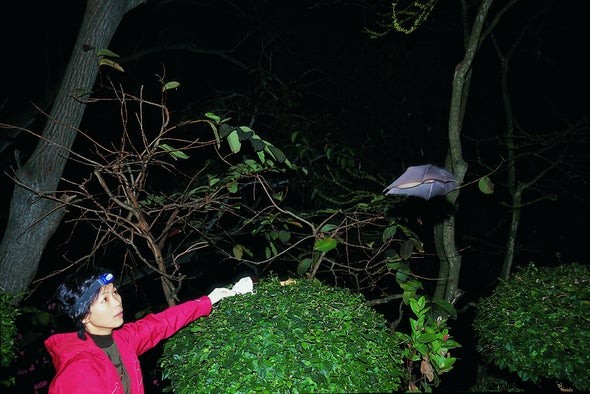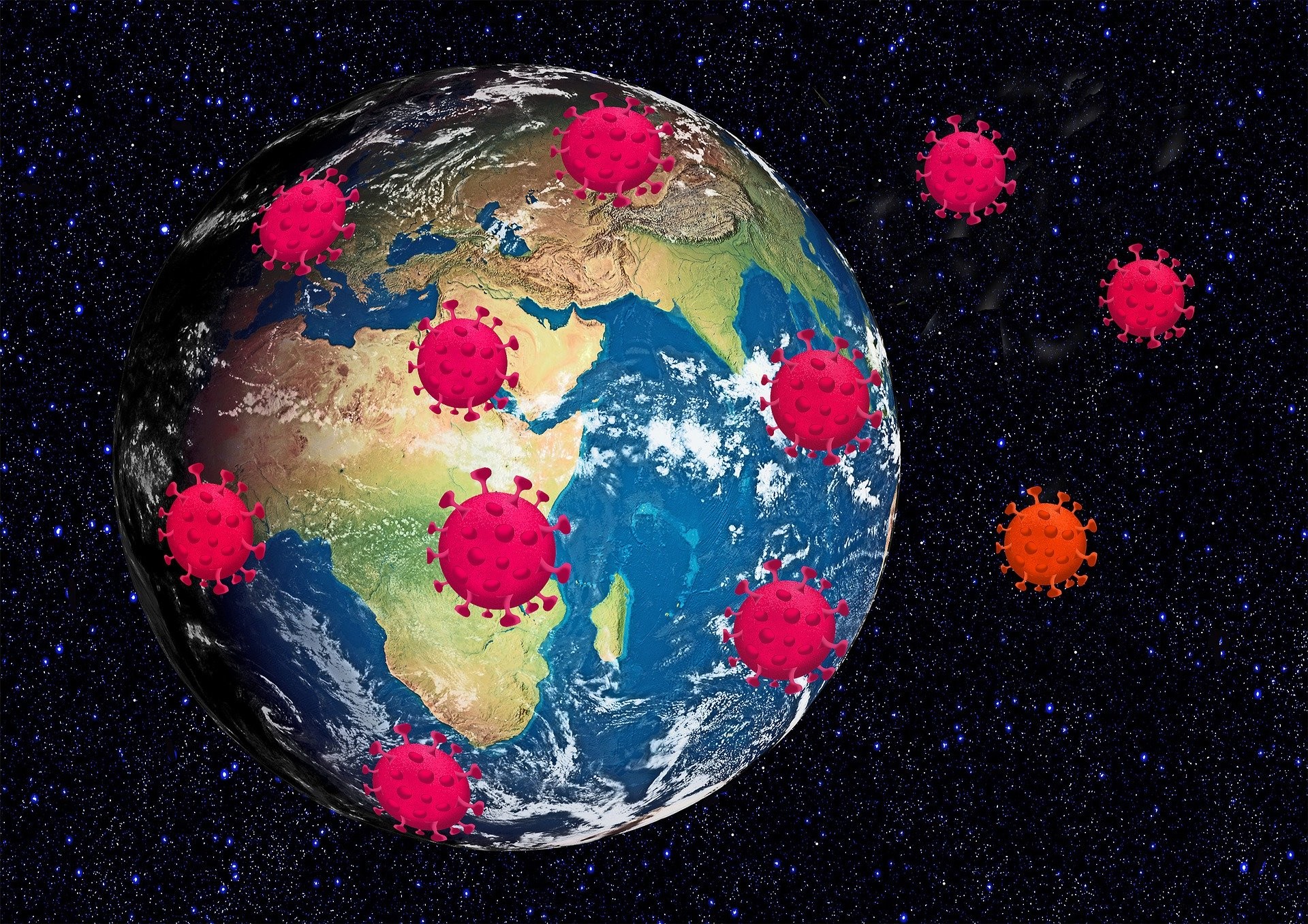Wuhan-based virulogist Shi Zhengli has identified dozens of deadly strains of coronavirus in recent years. But they are just the tip of a gigantic iceberg, she warns.
On December 30, while attending a conference in Shanghai, Shi Zhengli received a call from her boss. Mysterious patient samples had just arrived at the Wuhan Institute of Virology, and according to initial analyses, a new coronavirus was visibly beginning to rage in the region.
If the discovery were to be confirmed, and given the state of health of the first patients, this new pathogen could pose a serious threat to public health. "Drop whatever you're doing and deal with it now “, she remembers hearing on the phone.
Shi Zhengli, nicknamed the "bat woman" by her colleagues, therefore jumped on the first plane to fly to Wuhan. What she didn't know yet was that the mysterious illness caused by the virus has already spread like wildfire. But let's go back a bit.
Shi Zhengli has been studying virus-carrying bats for about 16 years. It all started in 2004, when part of the world had just suffered the infamous SARS epidemic. The researcher had then joined an international team of researchers who aimed to collect samples from caves located near Nanning, China.
These expeditions were critically important as, prior to SARS, coronaviruses were best known for causing common colds. This epidemic has truly changed the situation. It was indeed the first time that a deadly coronavirus with pandemic potential seemed to emerge. It was therefore necessary to go back to the source, to find the culprit, in order to better understand this new danger which our species had to face.
Whenever Shi's team located a bat cave, a net was then placed at the opening before dusk. The idea was to capture small mammals venturing outside to feed at night. Once the bats were trapped, the researchers took blood and saliva samples, as well as fecal swabs.

Unfortunately, in eight months of field research, the researchers had not isolated any trace of genetic material from coronaviruses. The team was about to give up, when a research group from a nearby lab finally gave them a diagnostic kit to test for antibodies produced by people with SARS.
Everything then accelerated. The researchers quickly identified three species of bats carrying the famous antibodies. It was only then that they realized that the presence of the coronavirus in bats was transient and seasonal, not constant, but that the presence of the antibodies could persist from weeks to years.
Shi's team, armed with this new information, then continued research in the field and finally succeeded in narrowing down the locations likely to harbor the bats responsible for the 'epidemic. They eventually turned to Shitou Cave, found on the outskirts of Kunming, the capital of Yunnan. The analyzes that followed then confirmed that it all started from there.
It was a victory for the researchers, but these scans revealed other issues as well. In this cave, they have indeed discovered hundreds of additional coronaviruses. “Most of them are harmless , explains Shi Zhengli. But dozens belong to the same group as SARS “.
For many, wildlife markets in China – which sell a wide range of animals such as bats, civets or pangolins – are perfect viral melting pots. On February 24, the nation also permanently banned the trade and consumption of wildlife (except for research or medicinal purposes). But it must be understood that this is only part of the problem.
Near Shitou Cave, where many villages are located, in 2015 Shi's team took blood samples from more than 200 residents. It emerged that six of them (nearly 3%) carried antibodies against SARS-like coronaviruses from bats. However, none had handled these animals, nor reported any symptoms related to possible pneumonia.
So you don't have to be a wildlife trader, or consume wildlife, to be infected.
And therein lies the problem. Unfortunately, these inter-species relationships are increasingly close with the increase in the human population, which inevitably encroaches on wildlife habitats. And if the reservoirs actually seem to be concentrated only in certain areas, remember that our world is now governed by international trade. Thus pathogens are able to spread rapidly, relying on airports as relay points.

Another issue also surfaced in late 2016, when pigs on four farms in Qingyuan County, located a few miles from the original site of the SARS outbreak, began to suffer from acute vomiting and diarrhea. Nearly 25,000 animals ultimately had to be slaughtered.
Local veterinarians were unable to detect any known pathogens, so the virologist had to go on site. It eventually emerged that we owed this Swine Acute Diarrhea Syndrome (SADS) to a virus whose genome sequence was 98% identical to a coronavirus found in a nearby cave.
And this is where it gets very dangerous. Because pigs and humans have a very similar immune system, which makes it easier for viruses to pass between the two species, for one thing. But we must also take into consideration the extent of pig farming in the world, which involves frequent and close contact between humans and animals. This is why, according to the virologist, the search for new coronaviruses in pigs should be considered a top priority.
Meanwhile, in Wuhan, the "bat woman" continues to lead research in this area. "What we discovered is just the tip of an iceberg “, she explains, estimating that there could be up to 5,000 strains yet to be discovered in bats around the world. So “coronaviruses will cause more epidemics. That's why we have to find them before they find us “.
Source
Related articles: